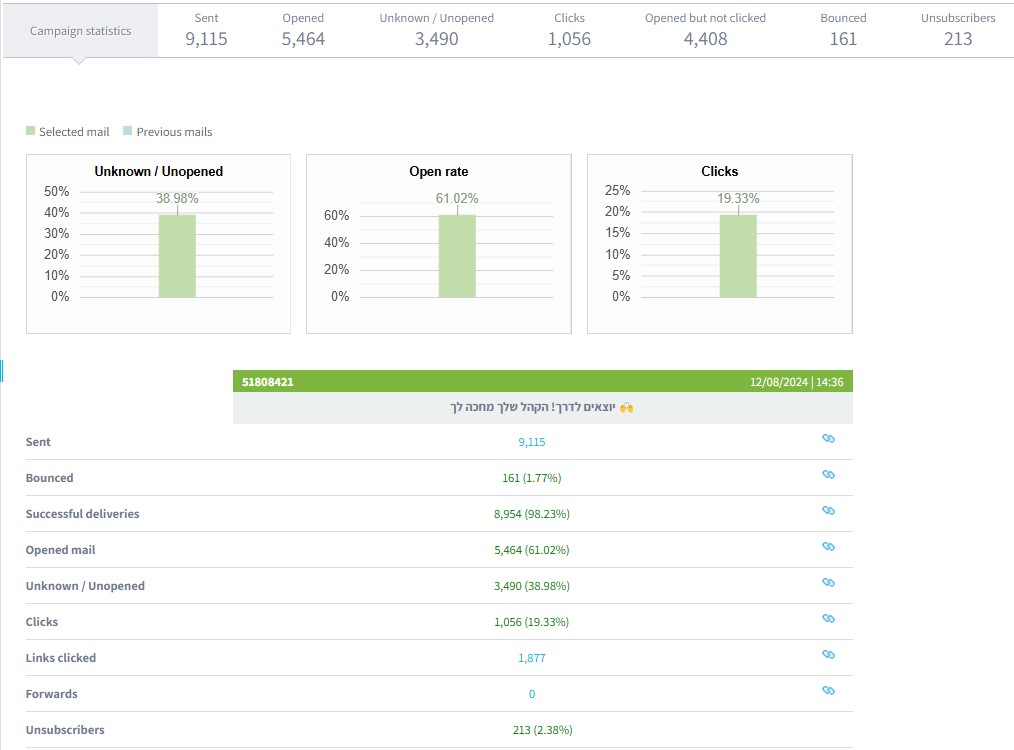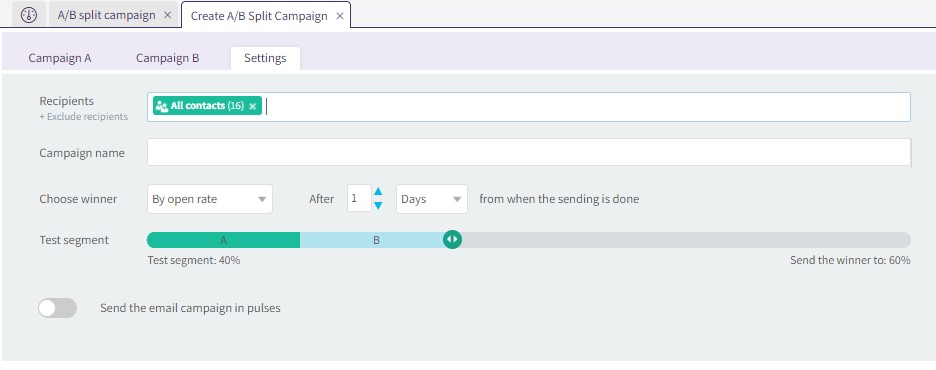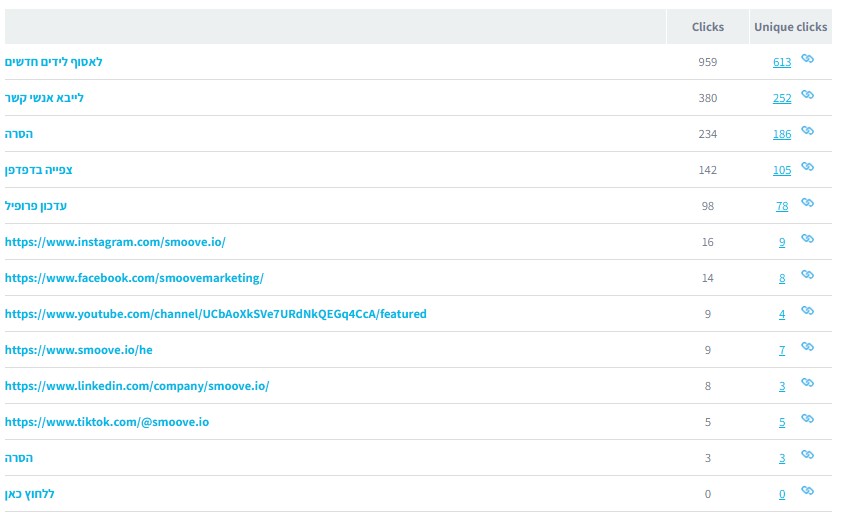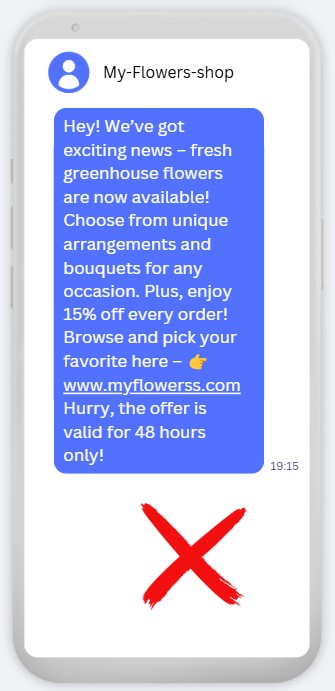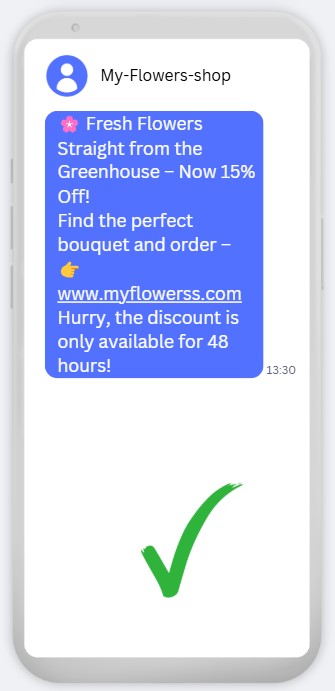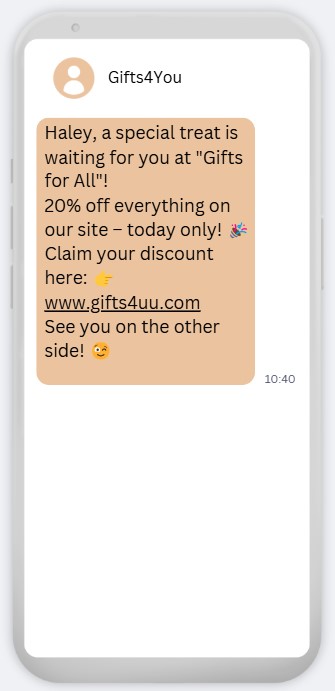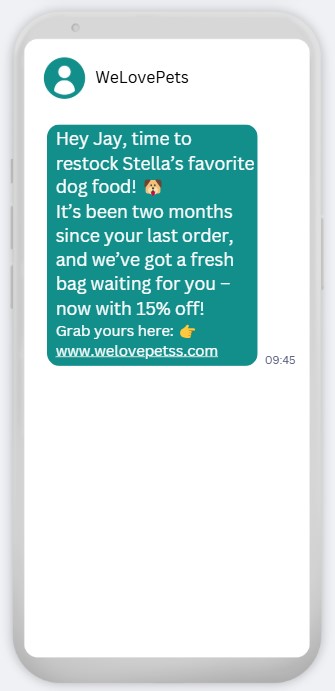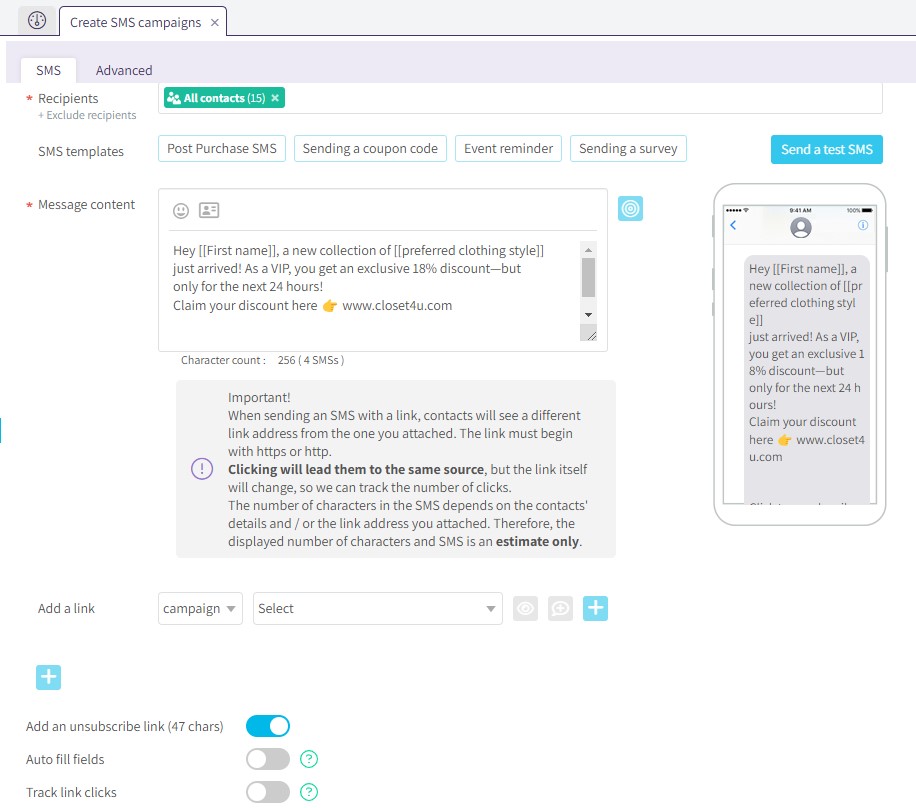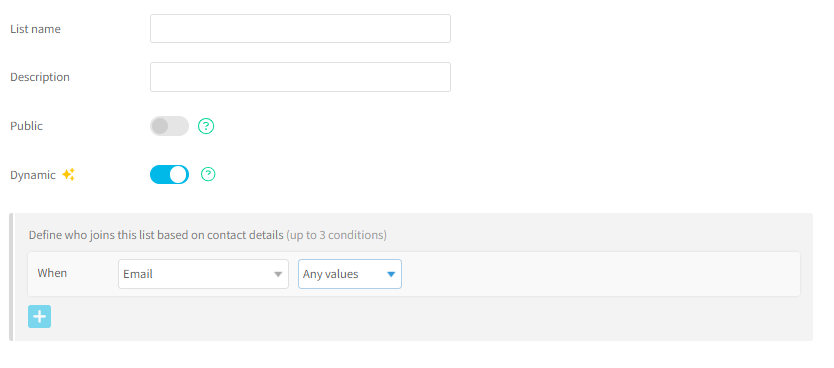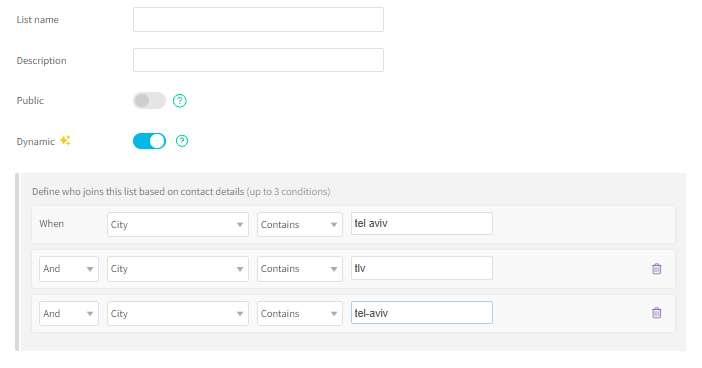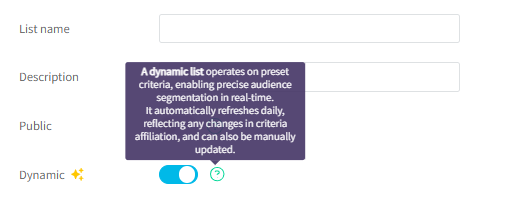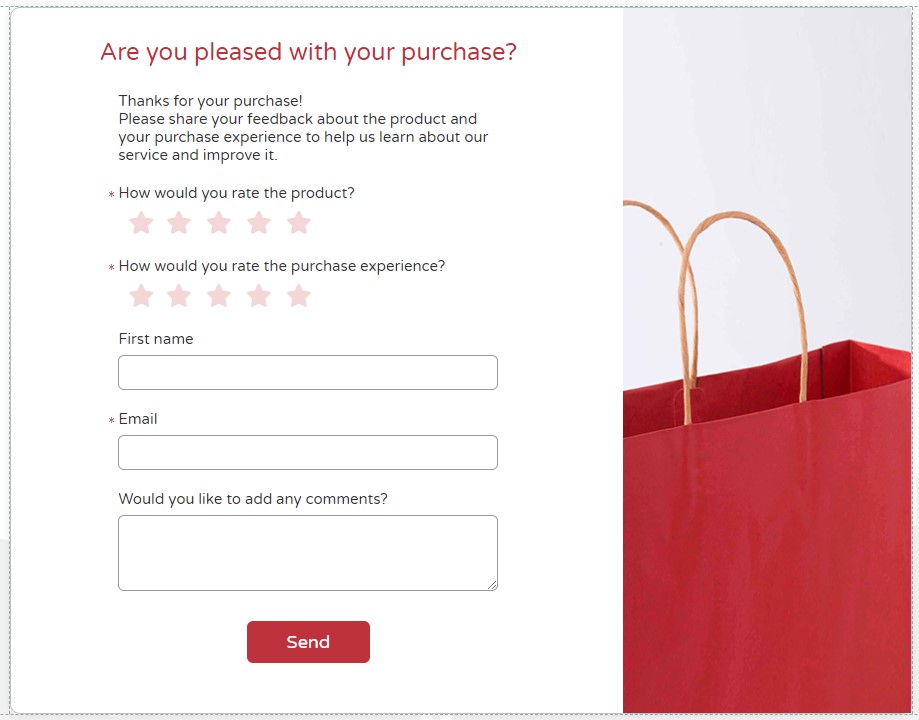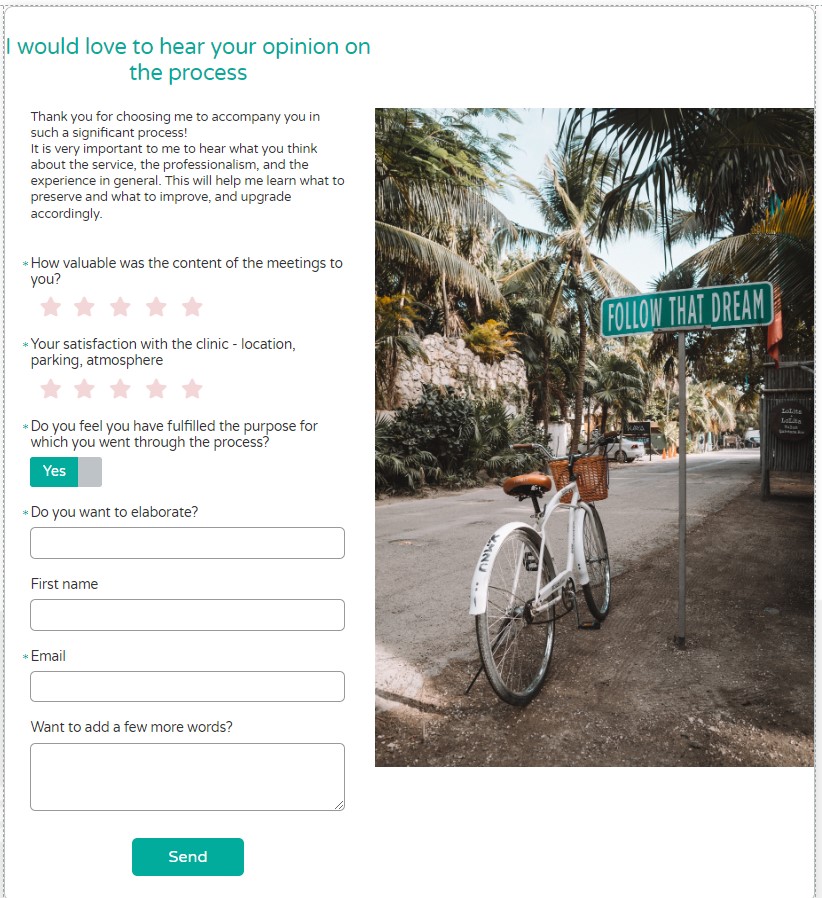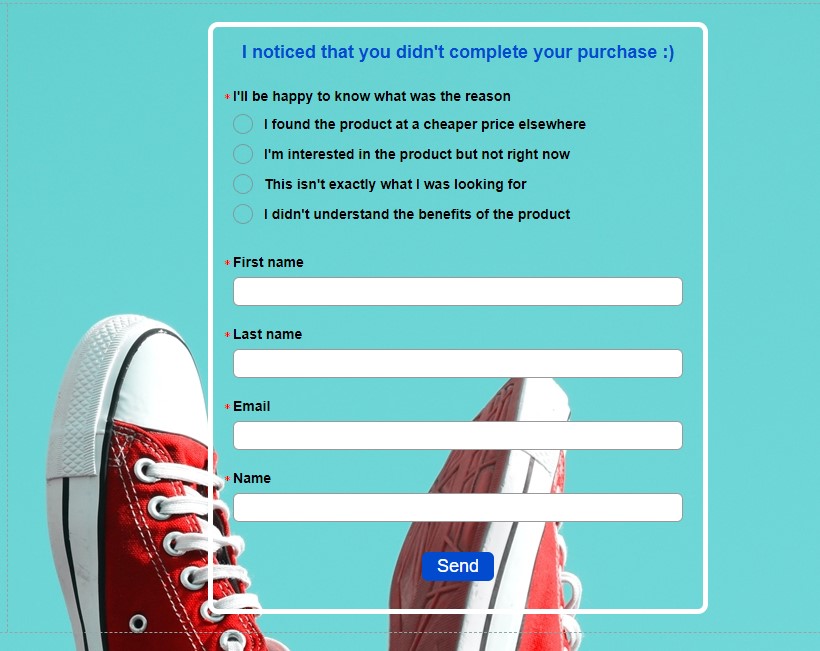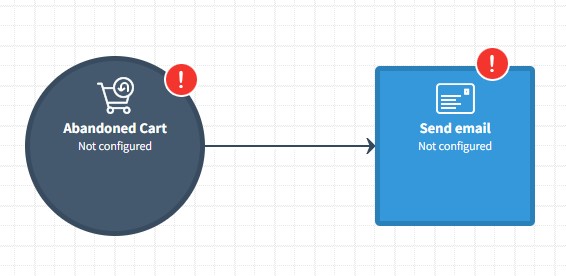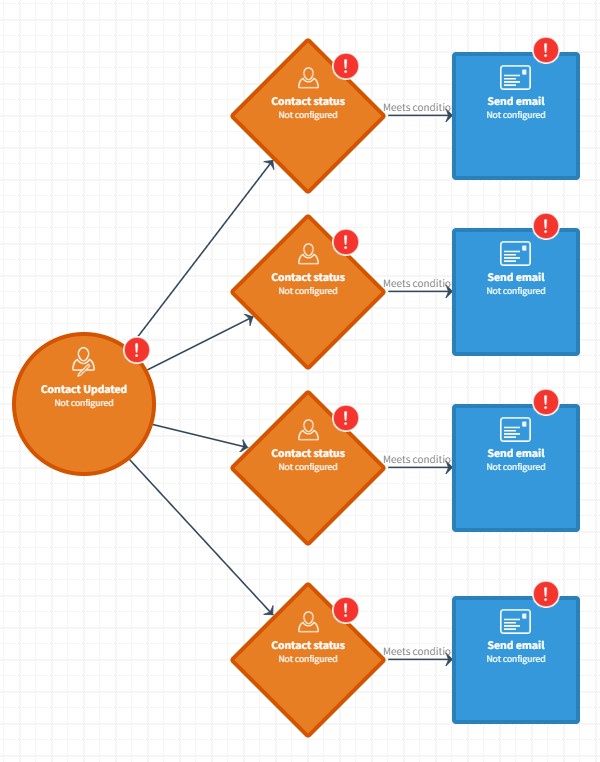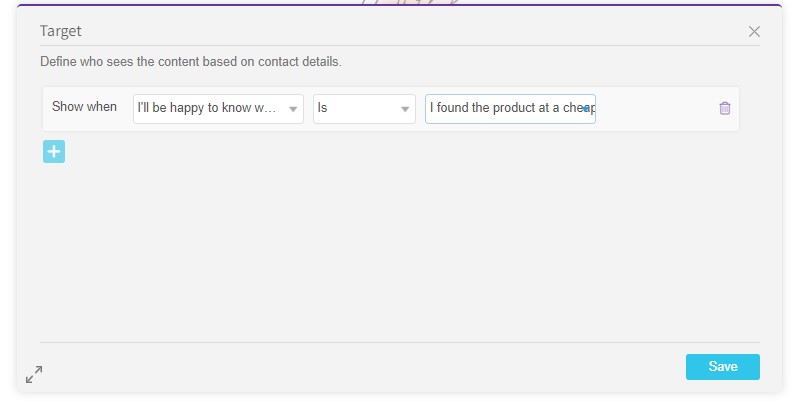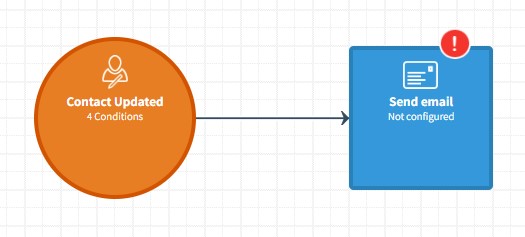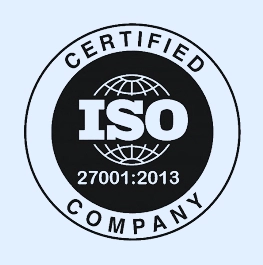Strategic planning is the secret sauce behind every successful business. One of the simplest yet most powerful tools to kick off your planning is a SWOT analysis. Whether you’re running a small local business or managing a global enterprise, SWOT gives you a clear framework for understanding where you stand and where you should go next.
So how does it work, and what should you keep in mind when using it? Let’s dive in.
What is a SWOT analysis and why does it matter?
SWOT stands for Strengths, Weaknesses, Opportunities, and Threats. It’s a classic business model that helps you look at your situation from four key angles:
- Strengths – what makes your business awesome and different from the competition.
- Weaknesses – where there’s room for improvement.
- Opportunities – external trends you can take advantage of.
- Threats – risks or challenges that could get in your way.
The beauty of SWOT is that it covers both your internal world (strengths and weaknesses) and the external environment (opportunities and threats). This gives you a complete picture to help you make smarter, more informed decisions.
| Internal Factors | External Factors |
| Strengths (S) | Opportunities (O) |
| Weaknesses (W) | Threats (T) |
Why SWOT is a big deal
SWOT analysis is a core part of any modern strategy. It helps bridge the gap between where you are and where you want to be, by analyzing customer feedback, market trends, and internal data. Done right, it leads to better performance, sharper focus, and a stronger competitive edge. No wonder so many businesses rely on it.
Top benefits of a SWOT analysis
When used properly, SWOT can seriously level up your business game. Here’s what makes it such a winner:
- Clear and simple structure
It’s easy to use and doesn’t require fancy degrees or deep technical knowledge. Teams across the company can collaborate and contribute, and the structured format helps you cover all the key areas that matter. - Turns strategy into action
SWOT isn’t just for brainstorming—it helps you turn insights into real action. You’ll spot genuine growth opportunities and know where to focus your time, energy, and budget. - Flexible for any business
Whether you’re running a one-person show or a massive organization, SWOT can work for you. You can apply it to products, departments, or the whole company. Plus, you can come back to it whenever things shift.
How to do a SWOT analysis (step-by-step)
Here’s a simple roadmap for running your own SWOT analysis:
1. Identify your internal strengths
What sets your business apart? Think about your resources, talent, tech, processes, or brand reputation. Look at it from the customer’s perspective too—what do they value most about you?
2. Spot your weaknesses
Be honest here. Where are the gaps? Where do competitors outperform you? Try to prioritize weaknesses based on how much they impact your performance, and consider what it would take to fix them.
3. Explore external opportunities
Check out market trends, emerging technologies, or unmet customer needs. Are there new markets you could enter? Partnerships you could form? Keep your eyes open to economic, social, and tech trends that could play to your advantage.
4. Identify potential threats
What could hurt your business? Changes in regulation? New competitors? Tech disruption? Consumer behavior shifts? Map out the possible threats and how likely they are—then create backup plans to deal with them.
Turning SWOT into a real strategy
Once you’ve completed the analysis, it’s time to act.
Start by building a strategic plan that includes:
- Clear goals and priorities
- Timelines and accountability
- Action items tied to each SWOT category
Make sure to share the plan across your team so everyone’s aligned. Prioritize the highest impact actions, assign resources wisely, and track progress using measurable KPIs. And don’t forget to revisit and update your SWOT regularly,it’s not a one-and-done deal.
Common mistakes to avoid
SWOT is powerful, but only if you use it right. Watch out for these common slip-ups:
- Irrelevant data overload
Don’t include every little detail. Stick to the info that directly supports smart decision-making. - Ignoring weaknesses and threats
It’s tempting to focus only on strengths and opportunities—but facing challenges head-on is key to long-term success. - Not following through
SWOT is just the beginning. The real magic happens when you take those insights and put them into motion. Build a plan, involve your team, and track results.
Wrapping up
SWOT is one of those tools that’s simple but game-changing. When used effectively, it helps you spot real growth opportunities, maximize what you’re already good at, and handle challenges with confidence. Whether you’re working on improving your multichannel marketing, strengthening customer interactions, or keeping up with new technologies – it’s your roadmap to smarter strategy.


